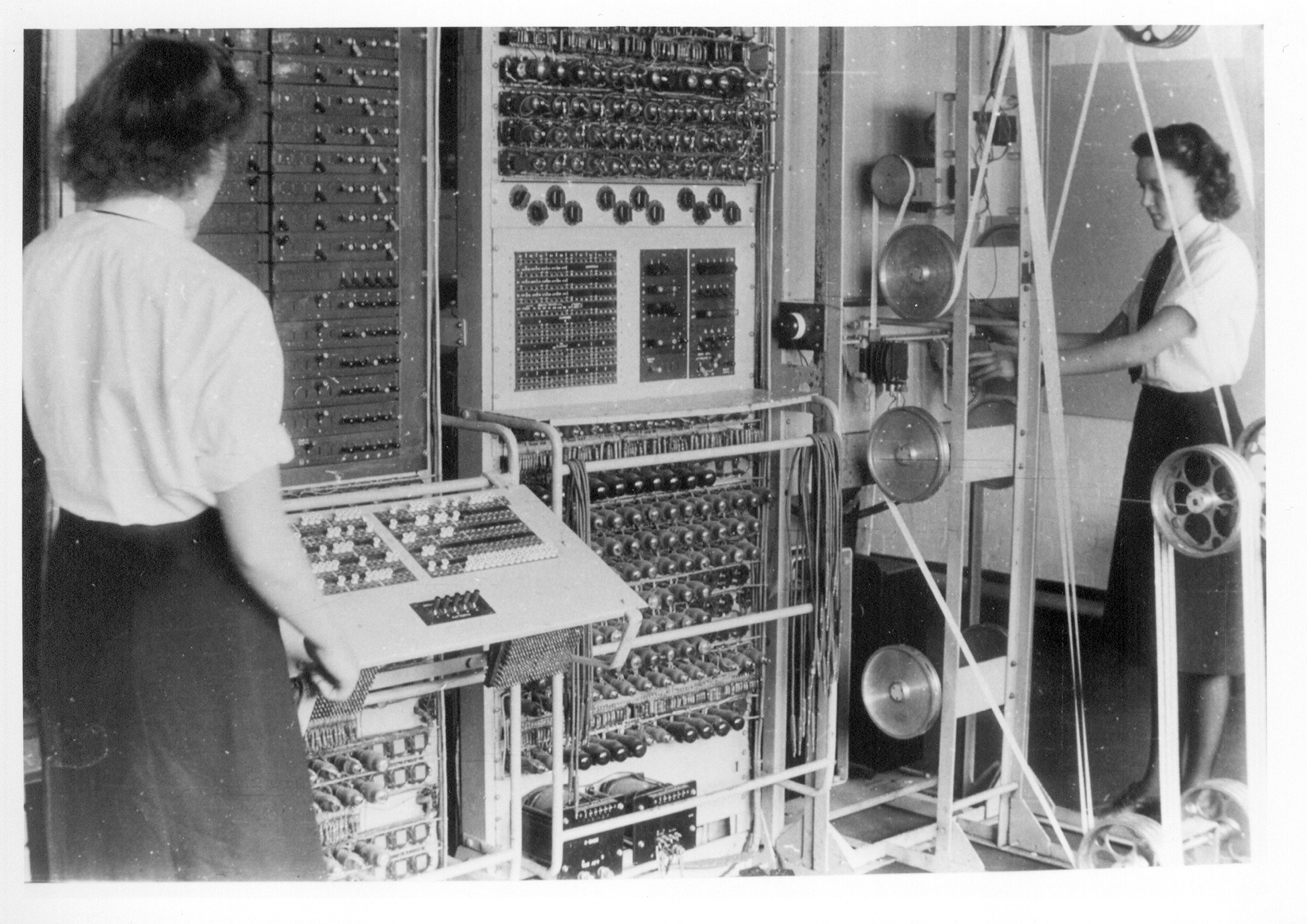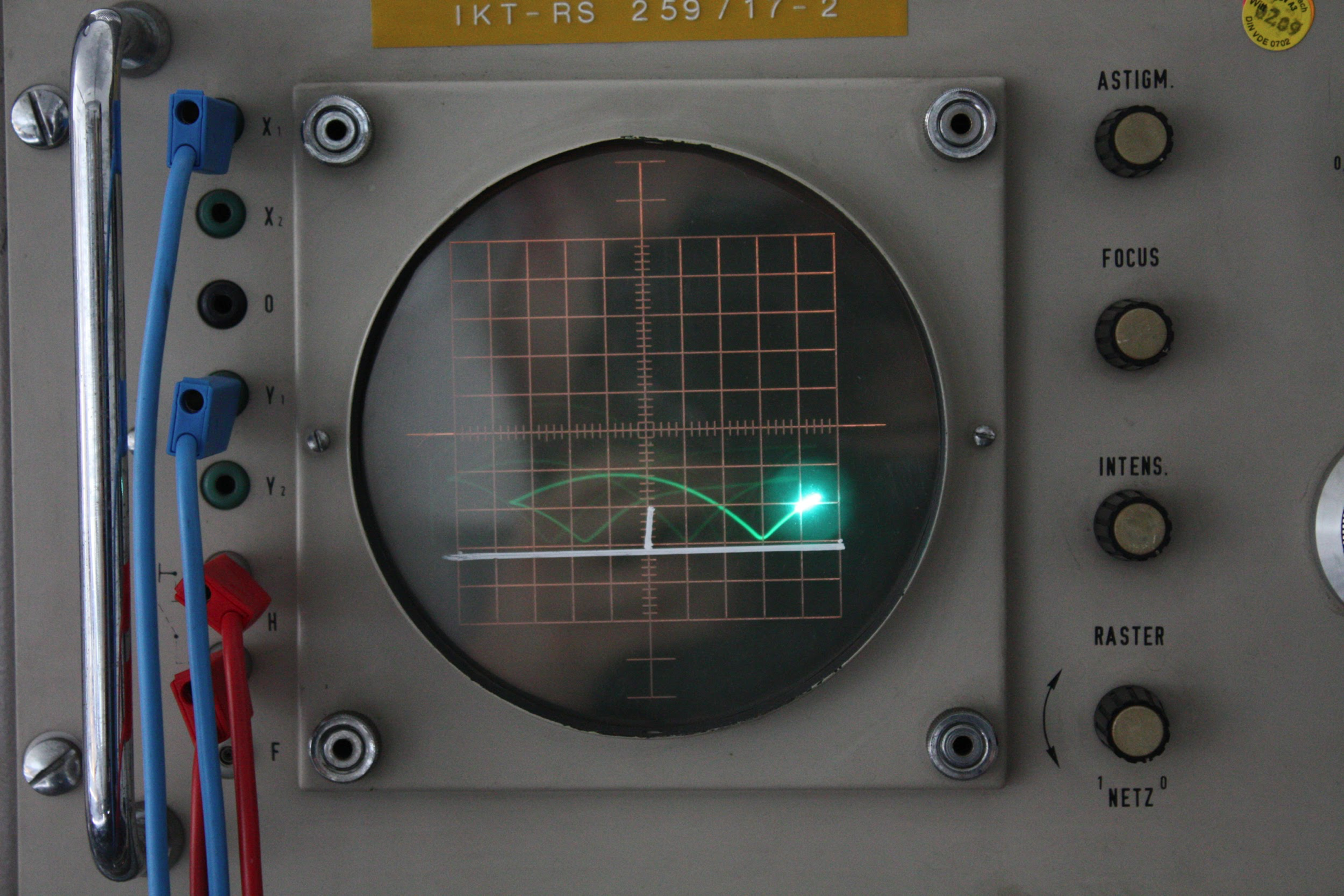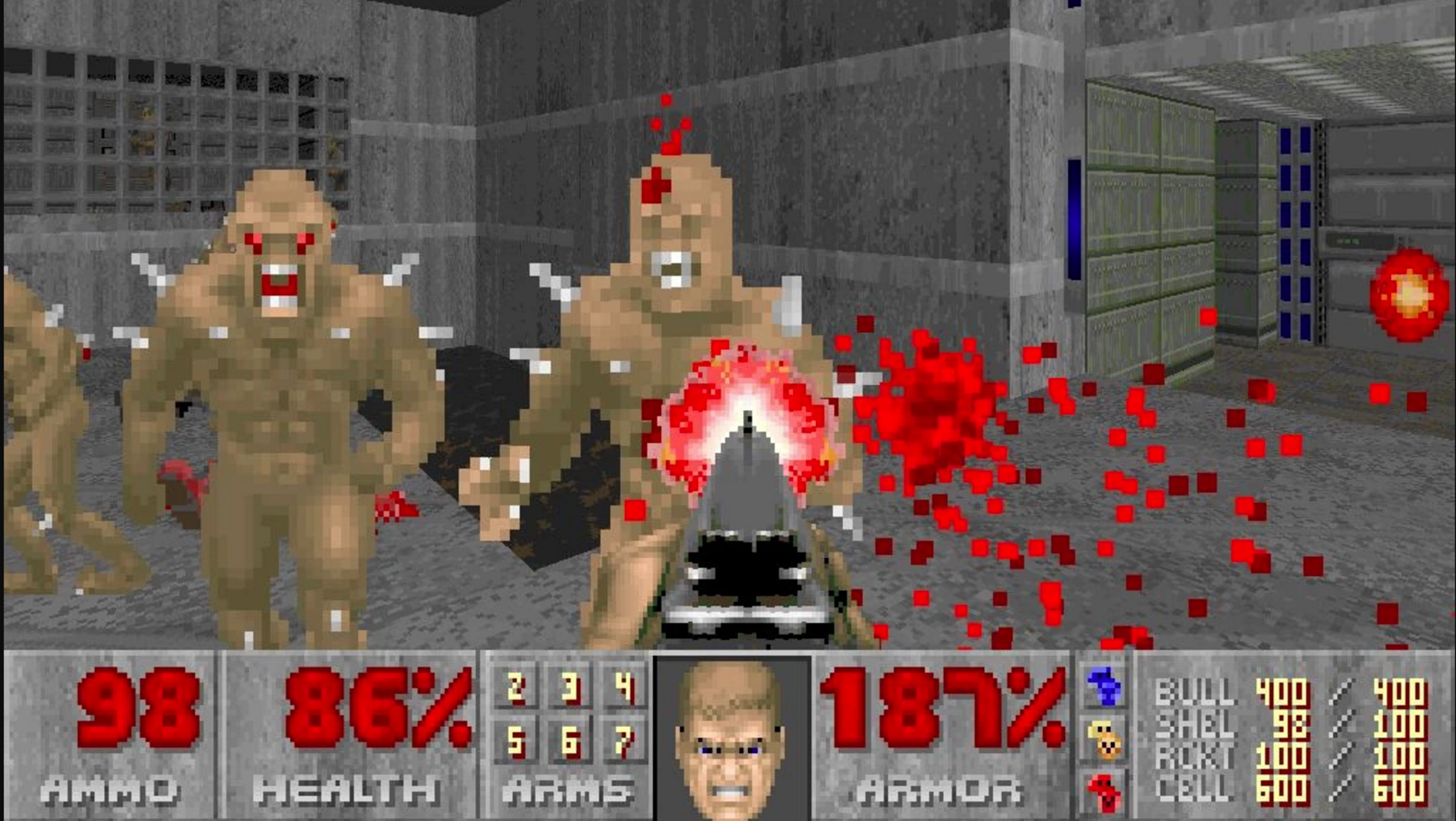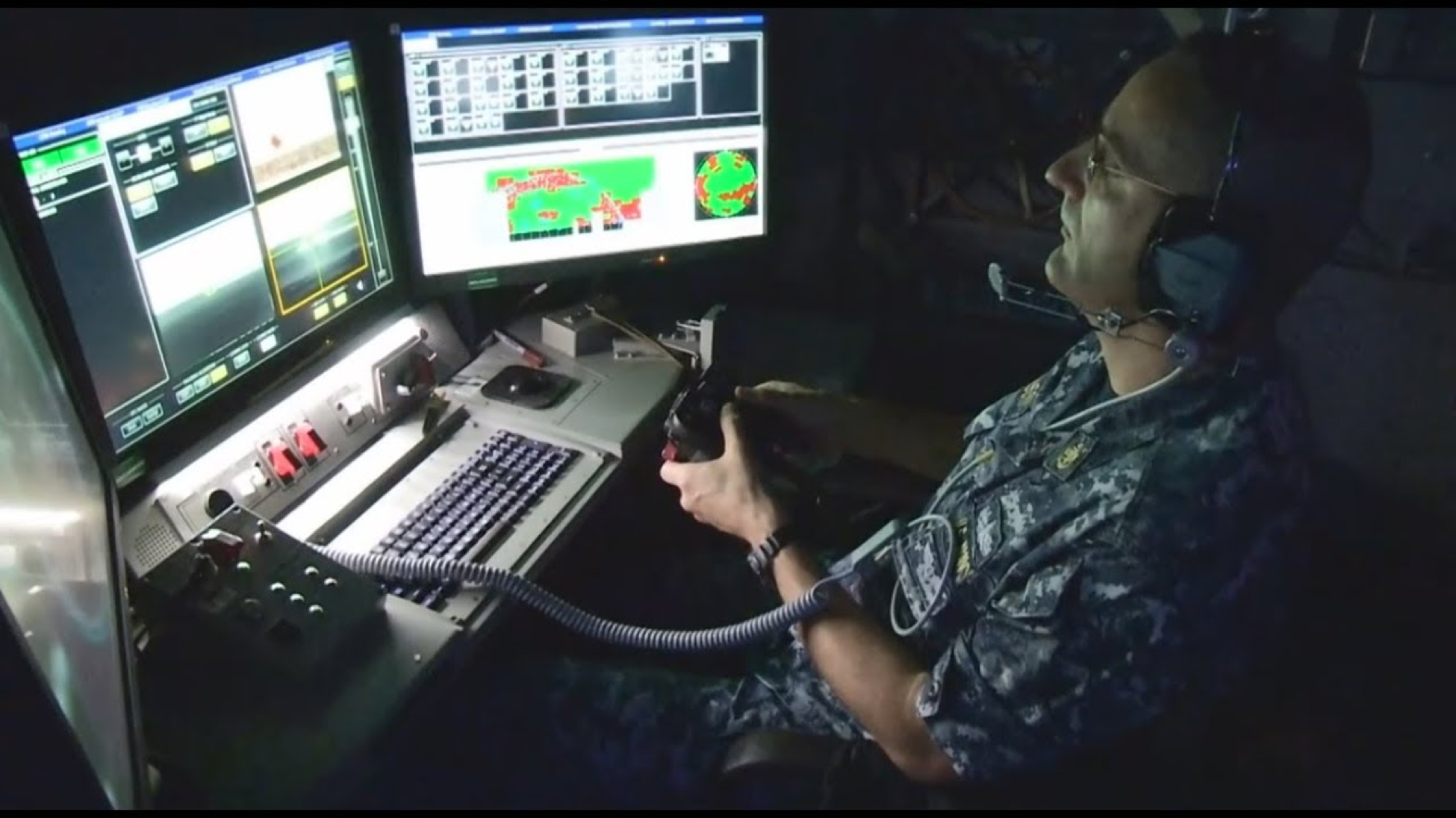Taking a look at Ancient Greece at the time of the first Olympic games, or knights jousting in the middle ages, all games centered around these events were based around warfare tactics that would be considered modern for their time. The goal was to showcase violent feats in harmless fashion and demonstrate human accomplishment. Today, we still have admiration for these events and showcases; however, our focus has shifted with the improvement of technology. Video games, just like many other games, have a background in the military.
Tracing back the origin of video games leads us back to World War II and the development of the first electronic computers. During the war, the United States and the various militaries of the world had invested in new sets of mechanical and electrical computers to be used in the war effort. These computers functioned under simple analog commands and were massive in size. For example, compared to just a matter of inches in our smartphones, the Colossus computer, which is the first programmable electronic digital computer ever, was the size of a living room and incorporated around four miles worth of wiring in its insides.

Odds are you are reading this article on your smartphone or computer; take a moment to appreciate how far computers have changed.
Computers like the Colossus were designed for militaristic purposes. These purposes ranged from code breaking to pretty accurate missile trajectory simulations. However, after the war had ended, while computers were still mainly used by the military and academics who assisted on these devices, humans started playing with the machines trying to find new applications for them, eventually making a toy out of them. Before computers became commercially more accessible during the ‘60s and the ‘70s, the only places where computers were available were with the army or in universities. This limited the possibility of who got to use the machines and explore their true potential.
Two early developments in gaming can be traced back to the 1950s. In 1952, A.S Douglas, a British professor of computer science, created the first graphical computer game called OXO. It is a classic tic-tac-toe game that was designed out of a EDSAC computer. Douglas felt compelled to use this massive machine, not with the intended purpose of doing math, but to showcase the power of Artificial Intelligence. The novelty of the game wasn’t the fact that it was a game, but the way in which it highlighted academic research and showcased A.I. This still is a landmark moment in gaming, seeing how most games revolve around some form of A.I. today. Take ,for instance, the ghosts in PACMAN or the aliens in HALO: each one is individually programmed with a different set of parameters and guidelines to catch you. The computer then has to think and adapt to your movements to figure out the best way to achieve its goal. OXO is just like this, but on a much smaller scale. It still has to out-think and adapt against the human player, but in this case, it’s just a match of tic-tac-toe and not trying to chase you down a corridor with colored ghosts.

Oh yeah! Look at those graphics, tic-tac-toe has never looked so real!
Later in the decade, William Higginbotham is often credited as the author of the first video game to entertain an actual audience. In anticipation of an annual public exhibition at the Brookhaven National Laboratory, Higginbotham knew that computers weren’t that exciting to look at. Coding, math formulas, and missiles trajectories weren’t hot topic issues for many, especially not for the younger exhibition attendees, who probably didn’t care at all. Higginbotham aimed for a tool that would entertain and showcase the wonders of computers. He tweaked around in a Donner Model 30, a computer which was designed to simulate missile trajectories, and attached an oscilloscope to use as a screen and two custom controllers with a knob and button. Once fully connected and built, Higginbotham was the first to showcase a crude virtual simulation of a tennis match. He named his creation TENNIS FOR TWO, and the game was a hit. Hundreds of attendees, especially high school and college students, lined around the event corridors to play the game.

Out of a big bulky death machine came out a friendly tennis match.
Although TENNIS FOR TWO or OXO were never commercialized, they still serve the purpose as historical and technological landmarks for video games. This is the first instance where this technology was used solely on purposes to entertain and showcase military and academic equipment in a harmless fashion. During the ‘60s and ‘70s, businessmen and innovators like Nolan Bushnell of Atari and Shigeru Miyamoto from Nintendo would encourage the idea of video games as toys. Video games began to be seen as a commodity, and the novelty of the technology swept across the world. Games like Atari’s PONG highlighted the new technological wonder, with families gathered around a TV taking turns playing. This was the beginning of the video game’s domination over the world. Games began appearing in people’s living rooms, and soon after that, electronic portable versions were developed. As the years went by, video games began to be treated as a fundamental source of entertainment and became ingrained in our pop culture.

I hate it when all my family members try to roll at the same time during Wii bowling. It just doesn’t work that way.
Seven decades later and games today are on par as a business and art medium with music, television, or the film industry. We treat these electronic devices that are toys as norms in our lives. However, it’s important to note that several military aspects are still highly influential in the way we play and make our games to this day, especially when it comes to violent content. While the hardware aspect became friendlier and harmless for users, the content of the games through the decades began showcasing more of the violent side of humanity. Violence in videogames is and has always been a controversial issue. There is no use in advocating for or against the violence in video games, seeing as how everyone from the NRA to SJW vloggers has an opinion on the matter. I’m also not trying to draw a correlation that the military is training and preparing the general public for future warfare; however, just like the ancient Greeks threw javelins in ancient Olympic games, violence in video games is an aspect worth acknowledging.

Say what you will, but if video games are training me to become a killer, then I’m ready to slay some demons when they appear
As games got more popular, more genres and play styles were introduced to the general public. A vast majority of our games today celebrate or revolve around some aspect of violence. We go on raids in WORLD OF WARCRAFT, or defeat attacking alien ships in SPACE INVADERS. MINECRAFT, which is arguably one of the most popular video games today, has an entire aspect dedicated to killing and defeating friendly and enemy mobs. While this rise of violence in games can be alarming for some, it’s important to note that it does not signalize our growth in violence as a human population. Violence should be seen in and of itself as a great learning tool when it comes to storytelling. The story of David and Goliath or the tragic ending of HAMLET weren’t detrimental to society, and neither are violent video games. Where video games do shine when it comes to their steady increase in violent content is the ability to still experience and partake in this violence in a harmless fashion. It’s not a tool training you to kill, but more of a training tool to understand death and act of killing without the stakes of reality. With our joined cultural acceptance of video games, we also have to accept this aspect of gaming.
As the popularity of video games rose, so did their relationship with their military influencers. It seems that our video games and their hardware tools have also finally broken back into the military mindset, shaping the future of how we future wars might be fought.

Do you think he experiences lag when he is 20 thousand leagues under the sea?
Back last month in September, the U.S. Navy was planning on making some hardware changes to their submarines. One of the most notable changes to grasp the public attention was the new implementation of Xbox 360 controllers, which would be used inside the submarines to control certain equipment such as periscopes. One of the main reasons for this switch is the cost efficiency of a $30 controller. But keep in mind the fact that video games are a familiar aspect to most soldiers and the controller allows them to use this technological skill in a more efficient manner, increasing the speed at which soldiers can be trained.
While this seems like our favorite pastimes are now skills for war, if we look back through the history of video games, there has always been a distinctly unique relationship between games and the military. They’re now taking back the technology they helped create decades ago that shaped the course of history.
















Comments